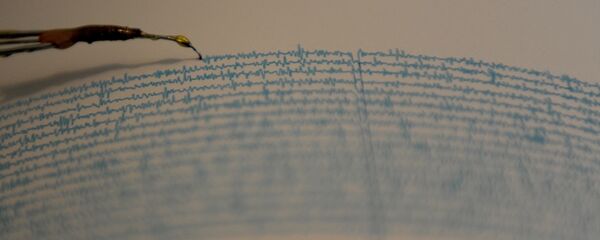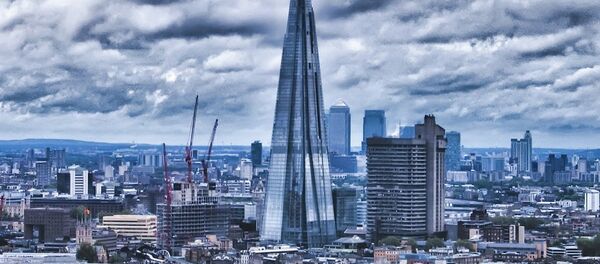Sputnik talked to Reynaldo Vela, the engineer who created the K107. The idea of a capsule that can detect seismic activity and protect people was born eight years ago at Mexico’s National Autonomous University in Azcapotzalco.
“Originally there was virtual testing of more than two thousand geometric figures and so we decided on the egg-like shape. From that point on, with the help of a paleontologist, we started studying the different types of eggs until we chose the shape of a velociraptor egg, which is perfectly symmetrical and convex at the poles. This is how the K107 appeared,” the researcher told Sputnik.
According to the engineer, another advantage of this model is that it can grow in size while remaining symmetrical, thus keeping the balance. They designed a meter-tall capsule for children and 2.10-meter one for adults.
“A person can easily fit into the capsule and it’s really comfortable inside,” Reynaldo Vela, winner of Mexico City’s Engineering Award of 2009, said.
In addition, if the capsule is trapped under the rubble, there’s enough oxygen, water and food for 30 days. The K107 is equipped with a GPS module so emergency services can find it and save the people.
The ”shell” of the capsule is a kind of a material ”sandwich” where each layer is resistant to different impact types, such as tension, bending or shear. So, we can say that the K107 is resistant to any natural disaster, be it an earthquake, flood, tsunami or landslide.
The team has already received a patent and demand for the K107 has soared in Mexico, the US, Canada and Chile.



